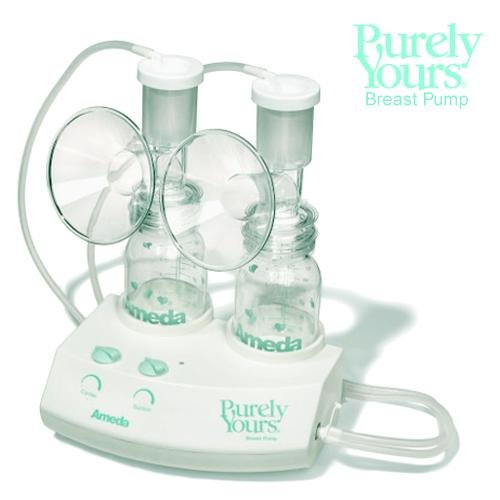A liquid ring vacuum pump? Dry Screw or Dry claw? A steam jet ejector? Rotary Piston or Rotary Vane pump? Comparison of available pumping systems as they relate to specific applications can be difficult and time consuming.
The first step in evaluating alternatives is to eliminate from consideration pumps or pumping systems that can't meet process requirements. This involves a consideration of: (1) required suction pressure and capacity, and (2) reliability and maintenance. Following elimination of those pumping systems that cannot meet process requirements, the most economical system can be determined by considering (3) purchase and installation costs and (4) operating costs. Final selection is subject to constraints imposed by (5) environmental considerations.
The most important parameters affecting final selection of the vacuum pump comes down to the suction pressure (P2) and the throughput the pump must handle (V2). The suction pressure is calculated by subtracting the losses in the suction line from the system operating point back to the vacuum pump. Line Losses include losses across sections of the manifold, bends, and losses across filters, KOP's, scrubbers and precondensers.
When calculating the load to the vacuum pump, it's important to first examine the process. What are the primary sources of vapor or gas load to the pump. Is evacuation time a major concern. The checklist below will provide a basis for calculating capacity requirements for a vacuum pump.
Sources of Vapor-Gas Load
1) Air Leakage, 2) Vapors of Saturation, 3) Evaporated Vapors, 4) Evacuation of Process Equipment, 5) Decomposition, 6) Reaction Products, 7) Sparge Gas, 8) Stripped Gas out of Process Material, 9) Dissolved Gases, and 10) Purge gas from instrument lines
After the process design has been completed pump selection can be prepared through the following questions:
1) P1 - Starting pressure, 2) P2 - Operating Pressure, 3) Pd - Discharge Pressure, 4) Tg - Gas Temperature, 5) Tw - Temperature and type of available cooling water, 6) Ts - Temp and type of sealing liquid in the case of a liquid ring, 7) Non-Condensable Pump Load, and 8) Condensable Pump Load
A reality check is necessary at this point to determine if the presented process conditions are indeed realistic. For example if the condensable pump load is 50lb/hr of water vapor at an inlet gas temperature of 110F and the operating pressure (P2) is requested to be 45mmHgA, is this possible? A quick look at a steam table chart indicates that at 110F. water has a vapor pressure 65.9mmHgV. This means that as the pressure is reduced on the water at 110F it will continue to flash off until all the water is removed. Not until all the water is removed will the pressure move lower than the stated vapor pressure of 65.9mm@110F.
I've created a general list of available capacities and operating pressure ranges for the most often used process vacuum pumps and systems.
Steam Ejectors, single stage: 10-1,000,000 cfm (50mm) Steam Ejectors, two-stage: 0-1,000,000 cfm (4mm) Steam Ejectors, three-stage: 10-1,000,000 cfm (800 microns)
Liquid Ring Vacuum Pumps, single stage: 3-18,000 cfm (25mm) Liquid Ring Vacuum Pumps, two stage: 3-6,000 cfm (25mm)
Rotary Piston Pumps - single stage: 3-800 cfm (5 microns) Rotary Piston Pumps - two stage: 3-800 cfm (.001 microns)
Rotary Vane Pumps - oil sealed once-thru two stage: 100-600 cfm (.5mm) Rotary Vane Pumps - oil sealed recirculation two stage: 3-150 cfm (.001 microns)
Rotary lobe blowers - single stage: 30-30,000 cfm (400mm) Rotary lobe blowers - two stage: 30-30,000cfm (60mm)
Dry Screw - single stage: 60-600 cfm (.0075mm)
Dry Claw - single stage: 30-350 cfm (75mm)
This list should help in your preliminary process of eliminating pumps that can't meet your process requirements. Further assessment of the pumps reliability to the process including tolerance for solids, liquid slugs, reactive gasses, response to surge in gas or air leaks, performance in pumping condensable loads or excess discharge pressures etc... must be evaluated before making the final selection.




